Interior design, at its core, is a harmonious blend of aesthetics, functionality, and artistic expression. Whether you’re transforming a cosy home, a busy office or a commercial space, the choices you make can profoundly impact the way people experience their surroundings. In this blog, we delve into the diverse world of interior design, exploring specialized roles and offering practical insights for those embarking on their design journey.
Post your Requirement
Different Types of Designers for Your Interiors
1. Sustainable Interior Designers
These kinds of designers prioritise eco-friendly materials, energy efficiency and responsible practices. Their specialization is in minimizing environmental impact while creating beautiful spaces. They choose materials with low carbon footprints, incorporate natural light and promote energy-efficient appliances. Sustainable designers also consider indoor air quality and long-term durability. Their goal is to create aesthetically pleasing spaces that contribute positively to the planet.
2. Healthcare Interior Designers
Such designers focus on creating healing environments in hospitals, clinics, and medical facilities. Their specialization includes considering patient comfort, safety and functionality. They design patient rooms, waiting areas and treatment spaces. Healthcare designers choose materials that are easy to clean, reduce stress and promote well-being. Their work impacts patient recovery, staff efficiency and overall healthcare experiences.
3. Commercial Interior Designers
Commercial interior designers specialize in creating functional and aesthetically pleasing commercial properties.
- Space Utilisation: These designers meticulously analyze available space. They consider traffic flow, workstations, meeting rooms, and communal areas. Efficient layouts maximize functionality. Factors include desk placement, aisle width, and spatial organization to prevent congestion.
- Functionality: Workspaces must support daily tasks. Commercial designers choose ergonomic furniture, storage solutions, and technology integration. Desks with adjustable heights, comfortable chairs, and accessible storage enhance productivity.
- Branding and Culture: The design should reflect the company’s brand identity and corporate culture. Colours, materials, and decor align with the organization’s values. For example, a tech startup may opt for vibrant colours and open spaces, while a law firm may prefer classic, subdued tones.
- Lighting and Acoustics: Proper lighting affects mood and productivity. Natural light is ideal, supplemented by task lighting. Acoustic panels, soundproofing, and noise-absorbing materials create a conducive work environment.
- Materials: Durable, easy-to-maintain materials are essential. Commercial spaces experience heavy foot traffic. Choices include stain-resistant carpets, robust flooring and sturdy furniture.
4. Home Interior Designers
Home interior designers transform residential spaces into comfortable, functional and visually appealing homes
- Lifestyle Assessment: Home designers understand the daily routines, hobbies, and preferences of the occupants. The lifestyle of the people influences design choices.
- Spatial Planning: Optimizing room layouts ensures efficient use of space. Traffic flow, furniture placement, and room proportions matter. Balancing openness with privacy creates harmonious living areas.
- Colour Psychology: Colours evoke emotions. Warm tones (reds, yellows) create cosiness, while cool tones (blues, greens) promote relaxation. Designers consider colour schemes for walls, furniture, and decor.
- Furniture Selection: Aesthetic appeal meets functionality. Home designers choose furniture that complements the space. Comfortable sofas, dining tables and bedroom sets enhance daily living.
- Personalization: Customization adds character. Homeowner’s preferences influence decor choices. Family photos, artwork and sentimental items make a house feel like a home.
5. Office Interior Designers
Office interior designers specialize in creating efficient and inspiring work environments.
- Workflow Optimization: Efficient layouts enhance productivity. Office designers consider desk clusters, meeting spaces, and collaboration zones. Proximity to printers, break areas, and restrooms matters.
- Employee Well-Being: Ergonomic furniture supports health. Adjustable chairs, sit-stand desks, and proper lighting reduce strain. Incorporating greenery improves air quality and mental well-being.
- Branding Integration: Office design reflects the company’s ethos. Logos, colour schemes and mission statements are subtly incorporated. Reception areas often showcase the brand’s identity.
- Acoustics: Noise affects concentration. Office designers use sound-absorbing materials, partitions, and layout adjustments. Quiet zones balance open-plan areas.
Flexibility: Spaces adapt to changing needs. Hot-desking, movable partitions, and modular furniture allow versatility. Multi-purpose rooms serve for meetings, training or relaxation.
6. Restaurant Interior Designers
Restaurant interior designers craft memorable dining experiences by combining aesthetics, functionality and brand identity.
- Theme and Atmosphere: Creating a cohesive ambience is crucial. Themes vary based on cuisine (e.g., rustic, modern, coastal). Lighting, colour palette, and decor evoke specific moods.
Seating Arrangements: Balancing capacity with comfort is an art. Booths, banquettes, and bar seating cater to different preferences. Intimacy levels influence table spacing. - Lighting: Soft, warm lighting suits dining areas. Brighter lighting highlights bars or display areas. Pendant lights, chandeliers, and wall sconces create focal points.
- Materials: Durability and aesthetics matter. Stain-resistant fabrics, hardwood floors, and easy-to-clean surfaces are common. Upholstered chairs withstand spills, while textured walls add interest.
- Flow and Zones: Ensuring smooth movement between entrance, bar, dining, and restrooms is essential. Clear pathways prevent congestion during peak hours.
7. Showroom Interior Designers
Showroom interior designers focus on creating captivating spaces to showcase products.
- Product Focus: Showroom design revolves around showcasing products effectively. Layouts guide visitors’ attention. Key items receive prime placement.
- Visual Hierarchy: Highlighting products through lighting, displays, and arrangement creates impact. Eye-catching features draw customers.
Conclusion
Different types of interior designers specialize in different skills and types of properties. Therefore, for the best designs, it becomes critical to select a specialised designer as per the type of your property. A specialised designer helps in maximising the available space to make the interiors aesthetically appealing and also maximise their utility.
When trying to find the perfect kind of designer for your property, it becomes difficult to identify if the designer is licensed, has any prior experience, how the reviews are from previous customers etc. McCoy Mart has curated top-qualified designers available in India and provides its customers with the opportunity to connect with them, their past works and reviews from their past employers to ensure that you employ the designer who is perfect for your property and can work according to your needs and budgets.

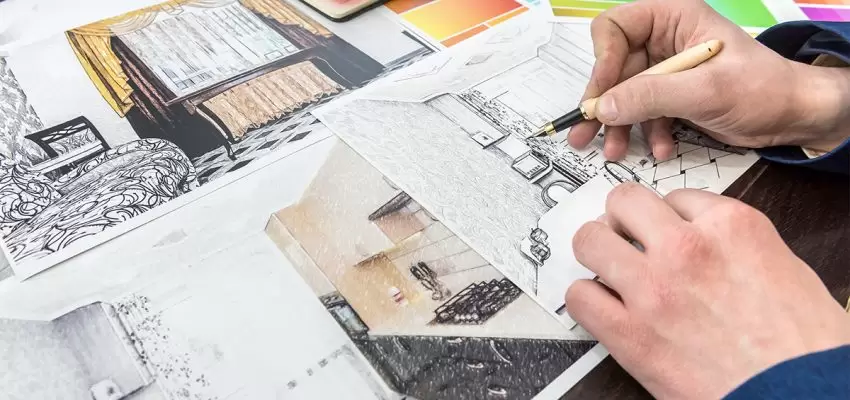
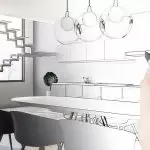
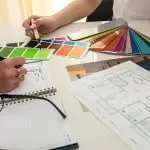
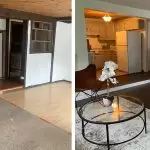
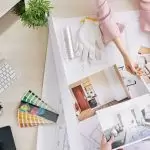

















Post A Comment